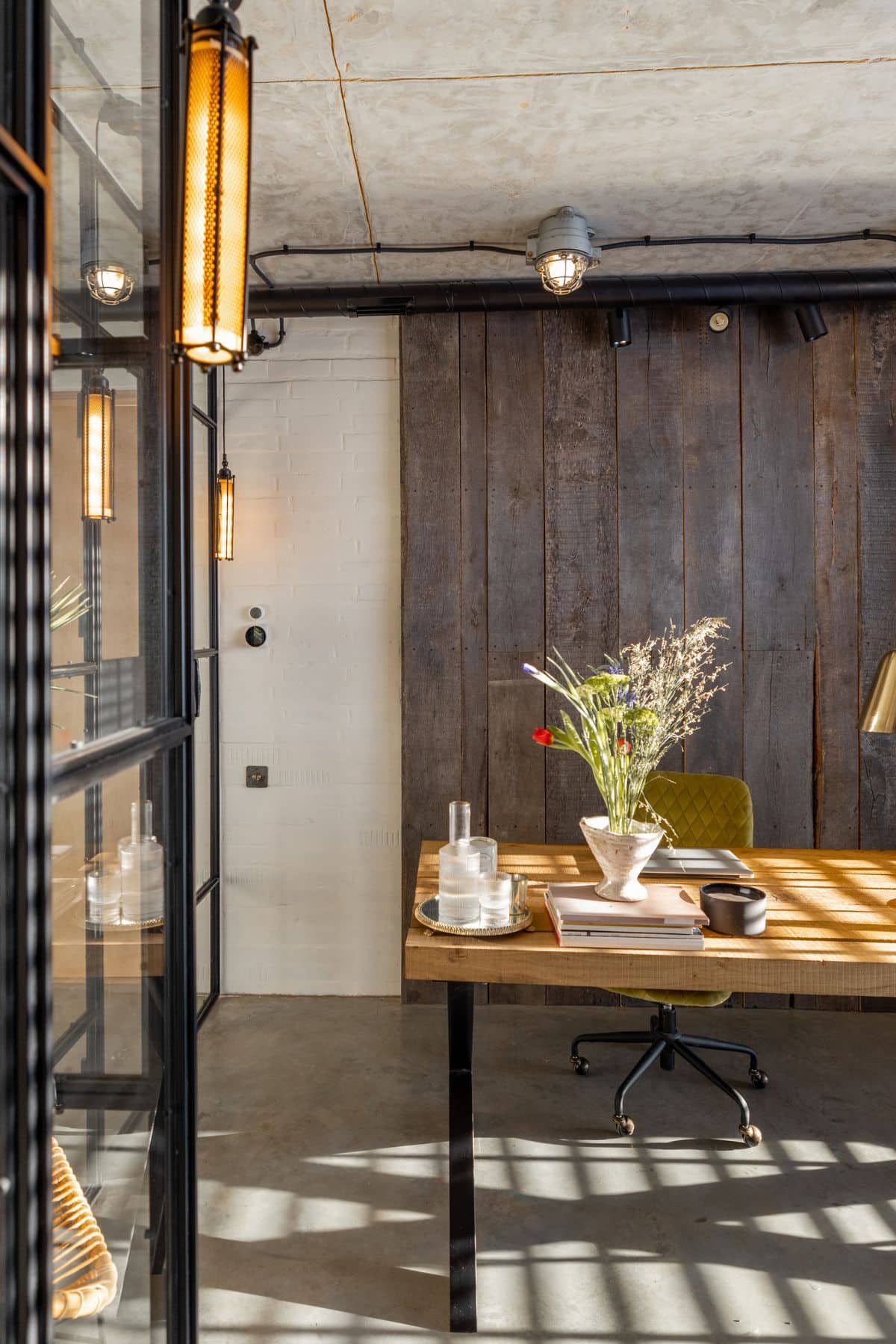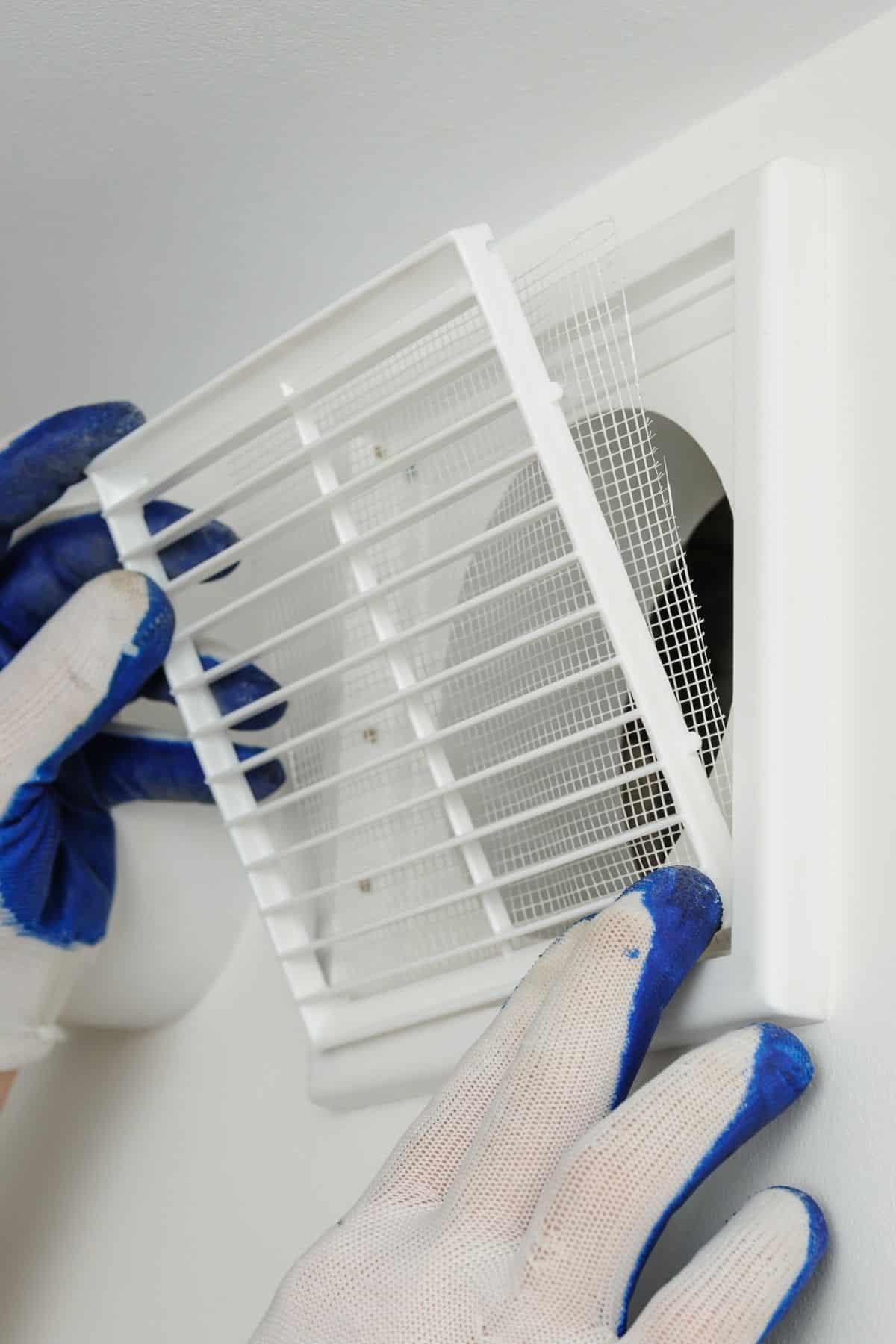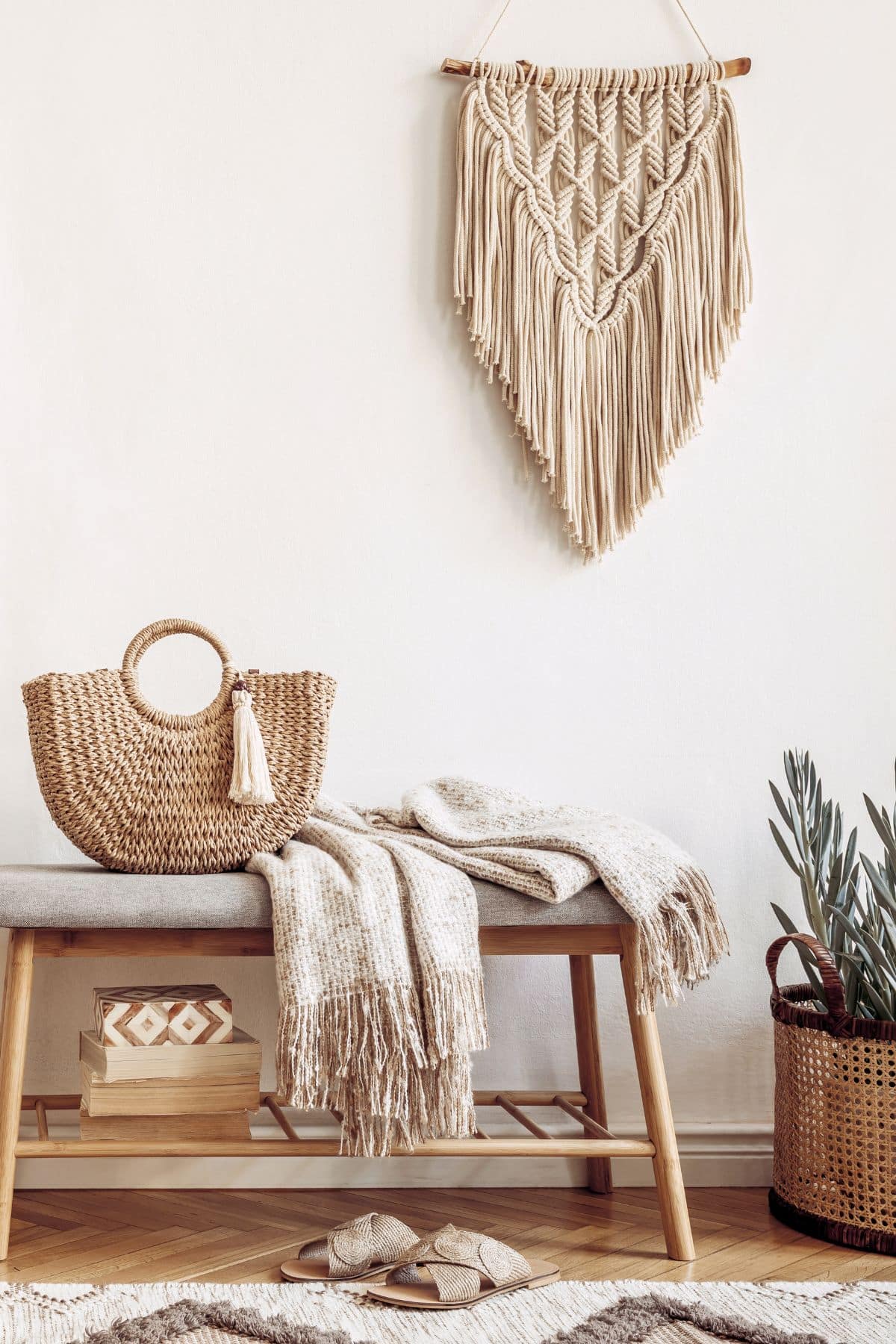
Even when unseen threats in a home are mentioned, people think of issues like subtle cracks in the foundation or paint that’s peeling off. When it’s said that what you see is not often what you get, it also means the truth could be hidden in plain sight. After all, familiarity can breed blindness, too.
Moreover, if that dangerous familiarity takes the form of a well-styled home constructed on modern design principles, it’s easier to become complacent. Homeowners need to stay vigilant of unseen flaws, those that lurk even in picture-perfect modern homes.
If you peel the layers of beauty and comfort, what would your home look like? This article will help you answer this question by discussing three ‘unseen’ threats lurking in Pinterest-worthy homes. Keep in mind that these do not demand attention until it’s too late.
Poor Ventilation in Closed Spaces
In any home, the airflow between the indoors and the outdoors, as well as within the space, is a matter of prime importance. Like the US Environmental Protection Agency (EPA) shares, good ventilation replaces contaminated indoor air with fresh outdoor air. The latter has two to five times fewer pollutants than trapped indoor air.
Ideally, every home should have spaces with wide windows, ceiling fans, exhaust systems, and a portable air cleaner for proper ventilation. However, this isn’t often the case given how modern minimalism celebrates sleek, compact layouts and hidden storage.
Airflow may become restricted, particularly in close-sealed zones like pantries, utility closets, and alcoves. As time passes, poor ventilation undermines home finishes, invites mold, and even strains appliance safety.
A recent survey conducted in Britain even confirmed this. As high as 22% of the respondents reported mold or moisture on their home’s walls and other surfaces. Only 11% had minimal ventilation provision along with knowledge on how to use it.
Given the fact that people in Britain spend 95% of their time indoors, poor ventilation can be disastrous for respiratory health. Moreover, this systemic problem may interfere with steam-producing appliances like pressure cookers.
While most mishaps are due to misuse of the appliance, a smaller number of pressure cooker explosion cases are due to defects. Such defects, like a valve issue that restricts steam from escaping, only lead to catastrophic consequences in a closed space.
As TorHoerman Law points out, design flaws and manufacturing defects have contributed to serious accidents involving injuries and legal liability (in the US). While poor ventilation does not cause appliance defects, it surely amplifies the aftermath. Overall, the following design practices are important:
- Extractor fans or small ventilation grilles near appliance storage
- Moisture-resistant finishes for enclosed storage areas
- Clearance space or open shelving around heat-producing devices
- Natural materials like wood and clay-based plaster that regulate indoor humidity

Overloaded Electrical Outlets in Aesthetic Spaces
Thousands of electrical fires break out in the UK each year. The respective governmental authorities have issued reminders to exercise caution with electrical devices, decorations, and holiday lighting. Since modern use creates the demand for multiple electrical sources, the outlets are often overloaded.
Combine that with the pursuit of impeccable interiors, and it’s commonplace for people to hide outlets behind sofas or under rugs. This may help achieve clean aesthetics, but it raises safety risks considerably.
As mentioned earlier, overloaded sockets are a leading source of house fires. A significant portion of these fires are the result of appliance-related issues or overheating. When multiple high-wattage appliances, like electric cookers and smart chargers, are plugged into a single outlet, the circuit tends to melt or spark.
The risk is even higher in a seamless, enclosed setup with blocked airflow. Think about coffee corners or bar cabinets with multiple gadgets or kitchen islands with built-in mixers. Such spots are often beautifully styled, but they also disguise a concentration of power usage. Relying on a single or poorly ventilated outlet means turning a clutter-free vignette into a fire risk.
It’s possible to resolve this by blending form and function in the following ways:
- During renovations, install small circuits specifically for areas with multiple appliances.
- Make use of outlets that are hidden when not in use, such as pop-ups or recessed outlets.
- Choose surface-mounted faceplates with finishes that blend in with the cabinetry or the wall.
- Make sure there is at least one outlet in each major zone. Also, space out the plug loads.
Homeowners can also explore smart plugs or energy-monitoring outlets for additional safety. These can be shut off in case of excess voltage or overheating. Ultimately, a well-designed space is not simply one that looks calm and orderly. It should also be functional behind the scenes, and proper electrical planning is a part of it.
Heavy Wall Decor That Isn’t Properly Anchored
Is it surprising that in the era of social media, wall decor trends are still changing? Homeowners are prepared to splurge on gallery walls, oversized mirrors, sculptural art, and floating shelves to customize their spaces.
Behind all that beauty lies a frequently neglected detail: the security with which the items are mounted. In most cases, symmetry, frame finishes, and color palettes take center stage. When no attention is paid to properly anchoring heavy decor to the walls, the risk of real hazards becomes intense.
For instance, a large mirror or canvas may appear stable initially. This hold tends to wane with time, particularly in humid environments and high-traffic areas of the home. A poorly mounted, heavy ornamental item can fall with a single unintentional bump or faint vibrations from doors opening/closing.
The repercussions will extend beyond damage to the floors and walls. Falling wall decor can cause serious injuries, especially to children or pets who might be around when the item comes loose. It’s not uncommon to sustain life-altering head injuries due to heavy metal-frame pieces or glass items. From a design perspective, the solution lies in doing what’s listed below:
- Anchors based on the wall type, be it drywall, plaster, or masonry
- Heavy-duty brackets or French cleats for mirrors, shelves, and bulky artworks
- Wall studs for optimal support, particularly while hanging items in living rooms or over beds
- Adhesive solutions rated for weight in the case of rental housing setups
Besides the safety benefit, properly anchoring heavy decor items has a design advantage. Frames won’t tilt over time, and shelves won’t sag slowly. In a nutshell, the layout will stay as crisp as it looked on the day of installation.
Also, it’s important to take extra care while mounting wall decor near vibrating appliances like a washer-dryer stack. The subtle, repeated motion can gradually loosen fastenings over weeks or months.

Did you know that mould and dampness are at a five-year high across England homes? That may involve 4% to 27% of the total number of homes. The fact that a fatality happened in December 2020 adds even more alarm to the statistics. A two-year-old child died from a respiratory infection brought on by extended mold exposure.
Such information also emphasises how crucial it is to view areas, especially enclosed ones, as more than places of customised beauty. So, take time to assess what’s behind the walls, beneath the decor, and within your daily routine. A truly safe and liveable home is one where form and function go hand in hand.
